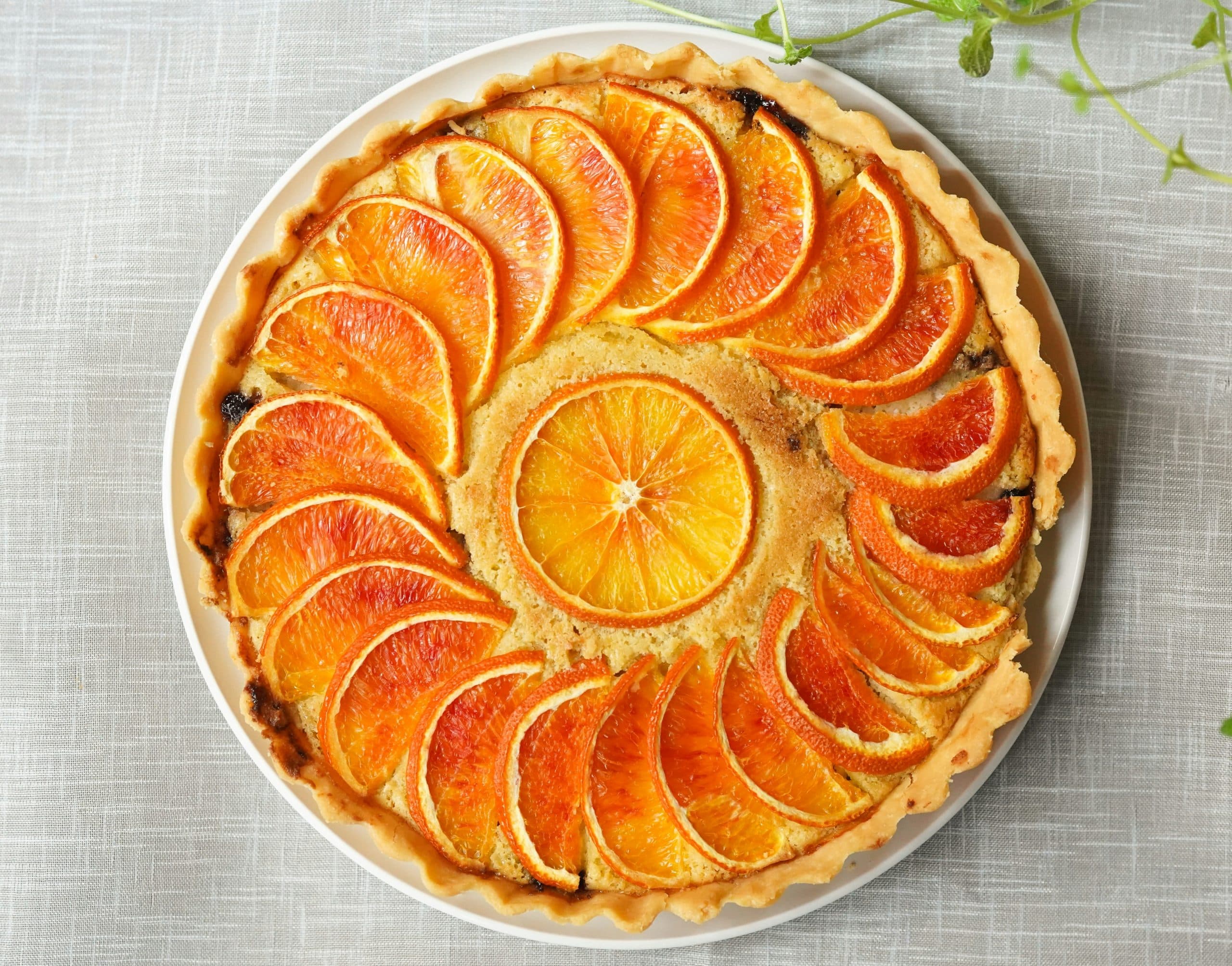What’s the best method for baking gluten-free pies?

Baking a pie is an activity that brings comfort and joy to many households. The tantalizing aroma of a freshly baked pie can make any house feel like a home. But what if someone in your family is gluten-intolerant or choosing to follow a gluten-free diet? Does that mean they have to miss out on this delightful experience? Absolutely not. With the right method and ingredients, you can make a delicious, flaky gluten-free pie that everyone can enjoy. This article will guide you through the best methods for baking gluten-free pies.
Method 1: Gluten-Free Pie Crust From Scratch
Baking a pie crust from scratch might seem intimidating, especially if you’re new to gluten-free baking. But don’t worry, with careful attention to ingredients and method, you will be able to create a crust that is as tasty as its gluten-filled counterpart.
Dans le meme genre : What are the best flavors for homemade ice cream?
To make gluten-free pie crust, you’ll need a gluten-free flour blend. These are readily available in most grocery stores today, and typically include a mix of rice flour, potato starch, and tapioca flour. Include xanthan gum in your recipe, as it acts as a binder in the absence of gluten.
Your baking process will be very similar to traditional pie crust recipes. Cut cold butter into the flour mixture until it forms coarse crumbs, then add cold water gradually until the dough binds together. The key here is to handle the dough as little as possible to keep it flaky. Also, you’ll need to chill the dough before rolling it out to avoid it being too crumbly.
En parallèle : What’s the secret to perfect crème brûlée?
When it’s time to roll out the dough, place it between two sheets of parchment paper. This will help prevent the dough from sticking to the rolling pin or the surface, and will make it easier to transfer the dough to the pie plate.
Method 2: Using a Gluten-Free Pie Crust Mix
If making your own gluten-free dough from scratch seems too daunting, you can always use a gluten-free pie crust mix. These mixes are designed to take the guesswork out of gluten-free baking, providing just the right blend of flours and starches to yield a crust that is flaky and delicious.
To use a pie crust mix, simply follow the instructions on the package. You will typically need to add a few ingredients like butter and water, then mix until you have a cohesive dough. Like with the scratch method, roll out the dough between two sheets of parchment paper for best results.
One benefit of using a crust mix is that it often comes with a baking time guide. This takes the guesswork out of the baking process, ensuring that your crust will be perfectly cooked and golden brown.
Method 3: Buying a Pre-made Gluten-Free Pie Crust
For those who are pressed for time or new to gluten-free baking, buying a pre-made gluten-free pie crust can be a lifesaver. These crusts are available at most grocery stores in the frozen section and come in a variety of styles and brands to suit different tastes and dietary needs.
While a pre-made crust won’t give you the same level of control over ingredients and texture as making your own, it’s a great option for those who want a quick and easy solution. Keep in mind, though, that not all pre-made crusts are created equal. Some may have a gritty texture or lack the flaky quality of a home-baked crust.
Baking the Pie
Now that you have your gluten-free pie crust sorted, let’s move onto the filling. The good news is that most traditional pie fillings are naturally gluten-free. Whether you’re making an apple pie, a pumpkin pie, or a pecan pie, you can follow your favourite recipe, substituting the regular crust with your gluten-free version.
When it comes to baking the pie, temperatures and times will vary depending on your specific recipe. As a general rule, you should bake your pie in a preheated oven at 375 to 425 degrees Fahrenheit for around 45 minutes, or until the crust is golden and the filling is bubbling.
Final Tips for a Flawless Gluten-Free Pie
Remember that gluten-free pastry can be a bit more temperamental than regular pastry. It can crack or crumble more easily, so handle it gently and don’t be disheartened if it doesn’t look perfect. Also, gluten-free crusts can brown more quickly, so you might want to cover the edge of the pie with foil for the first half of the baking time to prevent it from burning.
Whether you choose to make your crust from scratch, use a mix, or buy pre-made, one thing is certain: with a little bit of care and patience, you can bake a delicious, gluten-free pie that everyone in your household can enjoy. The best method for you will depend on your comfort level with baking, available time, and personal taste preferences. Happy baking!
Troubleshooting Your Gluten-Free Pie Crust
Even the best bakers sometimes encounter issues when baking, and gluten-free pie crusts can bring their own unique challenges. Here are some common issues and solutions to help your baking go smoothly.
Crumbly dough: If your gluten-free pie crust dough is too crumbly, it’s often because it lacks enough moisture. Ice water will add the necessary moisture without warming the dough. A food processor can be used to evenly distribute the water. Add a little at a time until the dough sticks together when pinched.
Sticky dough: On the flip side, if your dough is too sticky, add more gluten-free flour. Remember, different flour blends absorb moisture differently, so you might need to adjust the amount of water or flour used.
Cracks in crust: No need to fret if cracks form while you’re rolling your dough. Simply patch them up with some leftover dough. Working with the dough between two sheets of parchment paper can also minimize cracks.
Excessive browning: Gluten-free crusts often brown faster than traditional crusts. Keep an eye on your pie during baking, and if the edges are browning too quickly, cover them with aluminum foil.
Tough crust: If your crust ends up tough instead of flaky, it could be that the dough was overworked. Handle the dough as minimally as possible, and use cold ingredients to prevent the butter from melting into the dough.
Choosing and Storing Your Gluten-Free Flour Blend
When it comes to choosing a gluten-free flour blend, go for one that closely mimics the taste and texture of wheat flour. This usually includes a mix of rice flour, tapioca flour, and potato starch. Some gluten-free flours also have xanthan gum included, which acts like gluten to give your crust pie elasticity and structure.
After opening your gluten-free flour blend, store it in an airtight container in a cool, dark place. You can also store it in the refrigerator to prolong its shelf life, especially in warmer climates. Just make sure to bring it back to room temperature before using it in your recipe.
Conclusion
Baking a gluten-free pie doesn’t have to be a daunting task. With the right ingredients and techniques, you can make a pie crust that’s just as delicious as any traditional crust. Whether you’re making your gluten-free pie dough from scratch, using a mix, or opting for a pre-made crust, the key is to handle the dough gently and to bake with love.
Don’t be afraid to experiment with different gluten-free flours and add-ins to find the combination that works best for your taste. And remember, the beauty of homemade pie isn’t just in how it looks, but also in the joy and satisfaction that comes from creating something delicious for your loved ones.
From choosing the right flour blend to rolling the dough with care, every step is a chance to put your personal touch on your gluten-free pie. So, grab your rolling pin, dust off your pie pan, and get ready to bake a pie that everyone in your household can enjoy. Happy baking!
